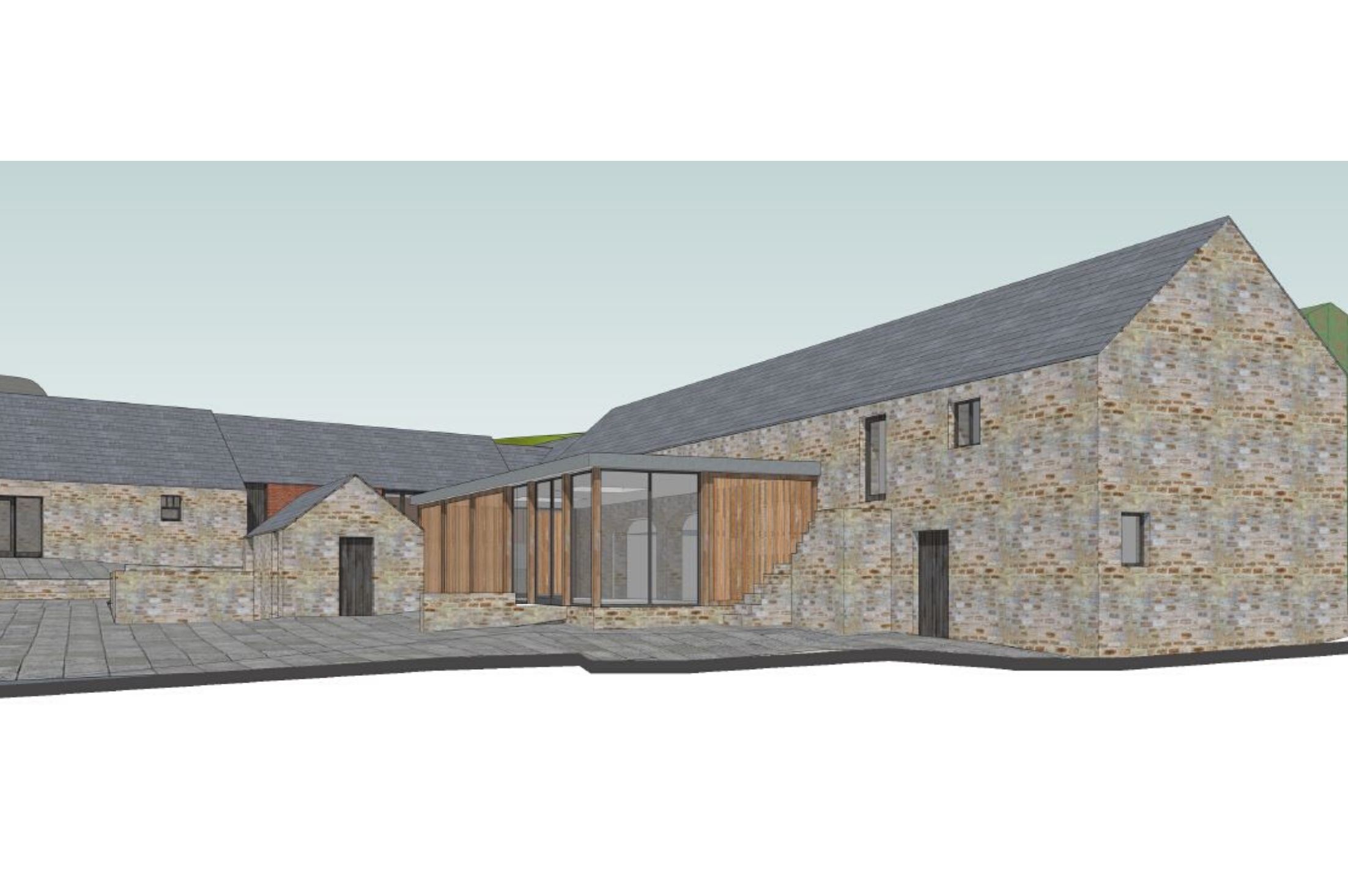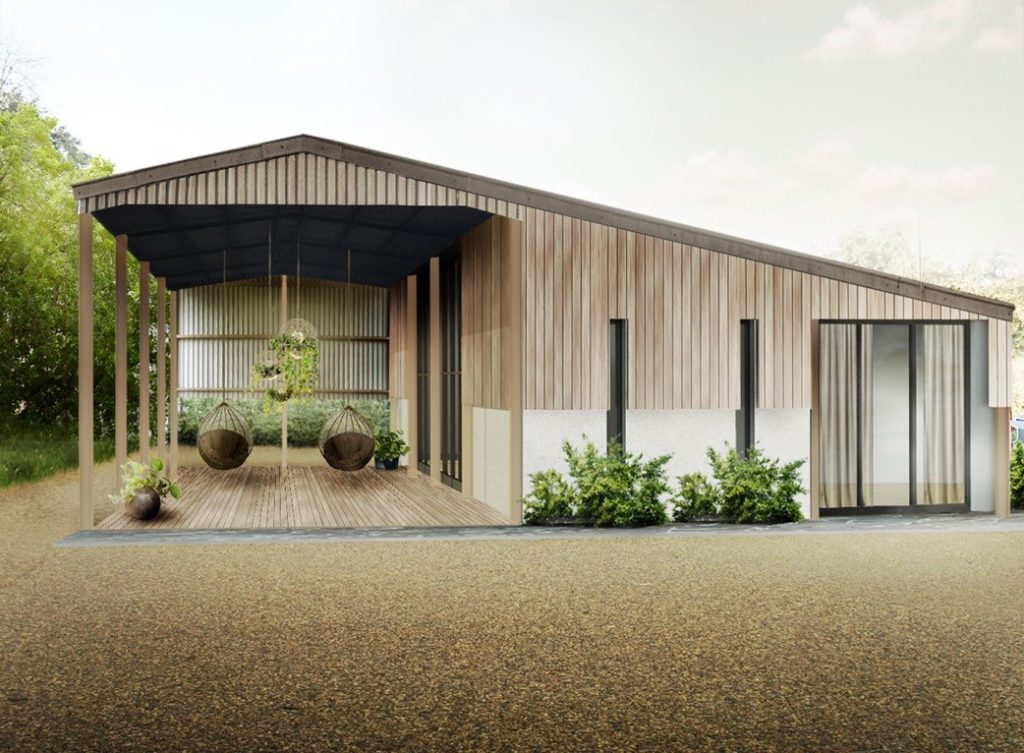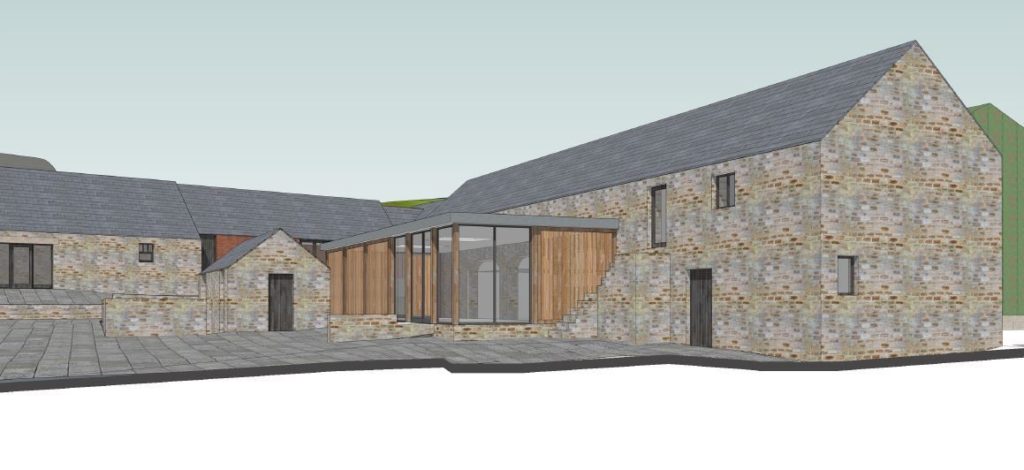The National Farmers Union (NFU) have recently published their 2020 Farming Diversification Report and with the start of a new decade, a number of factors have made the opportunity for diversification more attractive.
The UK’s departure from the EU will result in the progressive withdrawal of CAP subsidies and the introduction of the ‘ELMS’ Environmental Land Management Scheme. This is intended to divert payments to land where the quality of environment is enhanced, for example increased biodiversity, water and soil quality or protection of historic environments.
The rise in popularity of ‘Wellness Tourism’ also provides an opportunity for diversification, as those in towns and cities turn to open countryside retreats. We recently obtained Listed Building Consent for the conversion of a Grade II listed farmstead in Longford to six holiday letting units.
The introduction of Class Q Permitted Development Rights also allow for the conversion of modern agricultural buildings. This can allow a diversified stream of income, reducing the reliance on farming activity. We have been involved in many successful Class Q conversions.
Planning & Design have worked on numerous diversification schemes, a prime example being Wakebridge Farm at Crich. The farm dates from the late 18th Century and is built on the site of the former Wakebridge Manor and chapel. The proposed redevelopment involves the establishment of a sheep dairy enterprise with associated creamery, hotel, restaurant and bar. We were delighted to obtain Planning and Listed Building Consent for the full redevelopment for the farm which is a prominent feature in the landscape of the Derwent Valley Mills World Heritage Site.
We have vast experience of working on rural projects for homeowners, landowners and farmers in rural areas including:
• Rural housing development
• Barn conversions (Both via a planning application and Class Q)
• Agricultural dwellings and occupancy conditions
• Agricultural buildings
• Equestrian development
• Farm Diversification schemes
• Tourist accommodation
• Certificates of Lawfulness
• Restoration of Listed Buildings
• Planning permission within the Derwent Valley Mills World Heritage Site
If you have any questions about a rural planning project please do not hesitate to get in touch.






